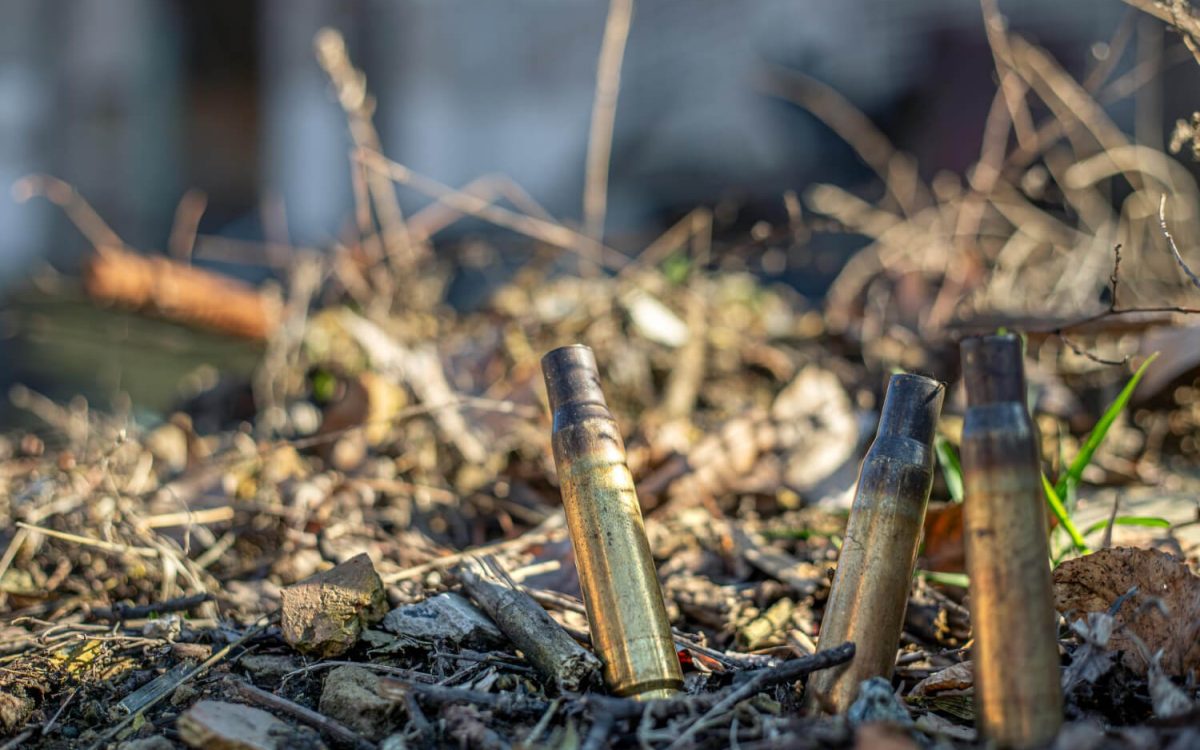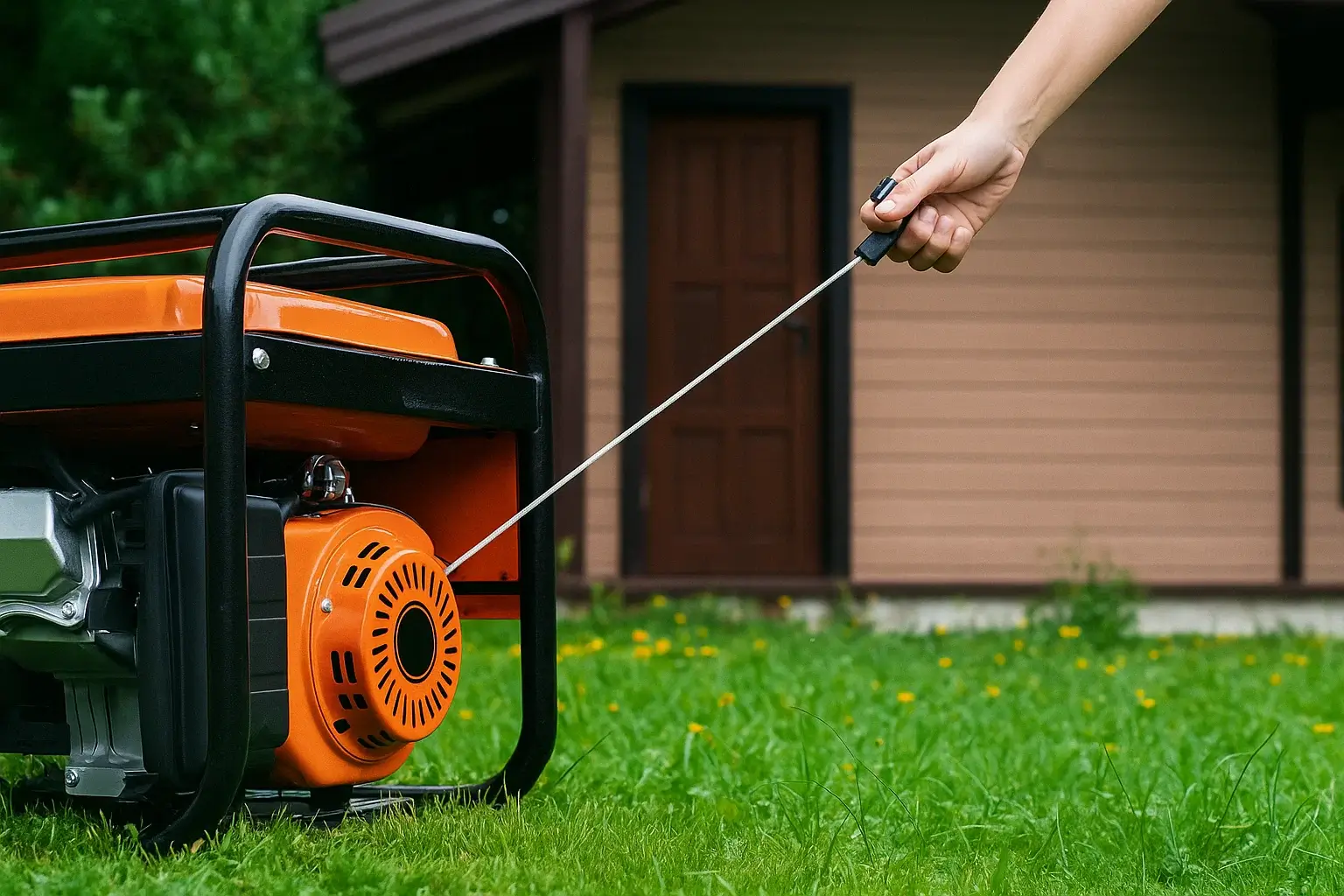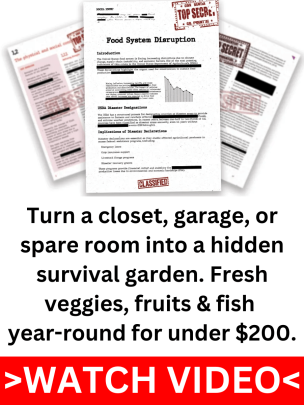It hit me like a gut punch. I was going through my gear after a long winter, doing what I thought was a simple inventory check, when I opened one of my old ammo boxes and saw it, corrosion creeping across the brass, a few rounds stuck together, powder flaking off like dry paint. I’d just lost over $1,000 worth of ammunition, and worse, I hadn’t even seen it coming. I’d done what most folks do: I tucked my rounds away in a safe place, out of sight, assuming they’d be fine until I needed them. Turns out that assumption was the ammo storage mistake that cost me big.
Here’s the truth most preppers don’t talk about: you can have a solid stash, a dependable firearm, and a well-thought-out plan, but if your ammo isn’t stored correctly, it’s all worthless when it matters most. It’s not about being careless, it’s about trusting setups that quietly fail over time. This article breaks down exactly what went wrong, why it happens to more people than you’d think, and what you can do to make sure this kind of expensive disaster doesn’t blindside you, too.
What I Thought I Was Doing Right
Back then, I figured I was ahead of the game. My ammunition was stacked neatly in a heavy-duty plastic case, tucked away in the back of a closet, dry, dark, and locked up tight. Some of it was in the original cardboard boxes, some in bulk packaging. It felt secure. Heck, I even kept most of it inside a safe, thinking I was doing everything by the book. Out of sight meant out of danger, right?
Other Article: 7 Prepping Errors That Could Jeopardize Your Survival
The truth is that the setup gave me a false sense of security. What I didn’t think about was what was happening inside those containers over time. I assumed as long as the rounds were stored indoors and behind a locked door, they’d be fine for the long haul. No one talks about how the real danger of an ammo storage mistake doesn’t show up overnight; it creeps in quietly, until one day, you realize your stockpile isn’t reliable anymore.
The Silent Threat That Ruined My Stockpile
What I didn’t realize at the time was just how much damage a little hidden moisture can do when it’s sealed in tight with your ammo. My plastic case looked tough, but it wasn’t airtight, and I hadn’t added a single desiccant pack. Combine that with the slow, seasonal temperature swings, cold in winter, warm in spring, and condensation started forming without me ever noticing. That invisible threat sat there, festering, for months.
There weren’t any red flags. No funky smell, no warning label peeling off. Just one day, I opened the case and saw tarnished brass and sticky residue along the seams. Some rounds had tiny rust rings near the primers. Others had flaked powder or green corrosion where metal met moisture. That’s how ammo dies, not with a bang, but with quiet breakdown from the inside out.
Other Article: When the Sun Is a Killer: How to Survive Extreme Heat With No Shade
That mistake didn’t just cost me peace of mind, it burned a hole in my pocket. Over $1,000 worth of ammunition was trashed. And that wasn’t just money wasted. It was time spent stocking up, planning, and feeling ready for whatever might come. But when I needed it, that ammo wasn’t something I could count on. One ammo storage mistake, and my “secure” setup was anything but.
Some folks ask if lightly tarnished rounds can be saved. My take? If your life’s on the line, only perfect rounds should cut.
The Ammo Storage Mistake You Might Be Making Too
Here’s where a lot of folks trip up, and I say that with total understanding, because I made the same mistake. Most people store their ammo in places that feel convenient: the garage, attic, or basement. Maybe it’s still in the original cardboard boxes, or packed into those stackable plastic totes from the hardware store. On the surface, it looks organized and out of the way. But those spots are some of the worst environments for long-term storage.
Temperature and moisture fluctuations hit hard in these spaces. Garages and attics can swing from cold to sweltering hot within a few hours. Basements tend to stay damp even on dry days. That kind of exposure is brutal on your ammo, especially over time. You might think everything’s dry because nothing feels wet to the touch, but that trapped humidity is doing quite damage. It’s one of the big reasons why preventing ammo corrosion should be a top priority in your prep.
Another problem is packing too much into a single space. Overstuffing containers doesn’t just make things hard to access, it also restricts airflow and raises the risk of physical damage. And if you’re not using desiccants, or you’re using the wrong kind of ammo storage containers without airtight seals, you’re basically giving moisture a free pass. Add in poor ventilation, and you’ve got a recipe for slow destruction.
Other Article: This $3 Item Can Outsmart Most Looters
These aren’t dramatic, one-time failures; they’re slow, creeping issues that stack up year after year. One or two missteps might not ruin a box of rounds right away, but over five or ten years, those little things become a major ammo storage mistake. And when the time comes to rely on that stockpile, the last thing you want is to find out too late that your investment has turned to junk.
3 Red Flags Your Ammo Might Be at Risk
- You’re storing it in cardboard boxes or a plastic bin.
- It’s kept in a garage, attic, or basement.
- You’ve never checked for moisture, corrosion, or temperature swings.
The Right Way to Store Ammo
After that costly mistake, I started over with a setup that works. The first thing I changed was the container itself. I swapped out all the plastic bins and cardboard boxes for solid military-style ammo storage containers, metal cans with rubber gasket seals that lock out moisture and air. Then I tossed in a handful of silica gel or clay-based desiccant packs in each one to trap humidity before it could do any damage. Now everything stays in a cool, dry room inside the house, not the garage, not the basement.
But gear alone isn’t enough. I also added one habit to my prep routine that’s made all the difference: regular inspections. About every three to six months, I open up my containers and check for any signs of trouble, corrosion, moisture, loose seals, or old desiccants that need replacing. It takes just a few minutes, but that simple check-in can save hundreds of dollars in lost rounds. It’s part of the long game in long-term ammunition storage, keeping your supplies ready, not just stocked.
To keep things in order, I started labeling my cans with dates and calibers and made a habit of rotating what I use. First in, first out. That way, I’m always cycling through the oldest ammo first, and nothing sits for a decade untouched. These are small, simple shifts, but together, they’ve completely changed how I manage my stash. And they’re what I wish I’d done before learning the hard way.
My Current Setup and What I Learned
These days, my ammo setup is a whole lot simpler and smarter. I keep my rounds stored in steel surplus cans with rubber seals, each one lined with a couple of desiccant packs that I swap out every few months. Everything sits in a closet inside the house, where temperature and humidity stay consistent year-round. No more guessing games or risky hiding spots. I still use the same shelf space I always had, but now it’s organized, labeled, and protected the way it should’ve been from day one.
If you’re just getting started or fixing your setup, don’t feel like you need to spend big to do it right. Pick up a few metal ammo cans at a gun show or online, toss in some cheap desiccant packs, and move your stash to a stable indoor spot. That alone knocks out 90% of the risk. The rest is just staying consistent, checking it now and then, rotating what you shoot, and never assuming that “out of sight” means protected. Because trust me, one overlooked ammo storage mistake can cost you way more than a few cans ever will.
Losing $1,000 worth of ammo hurt, but what stung more was realizing I’d let my guard down on something so basic. In the world of prepping, your gear isn’t just gear, it’s insurance, it’s peace of mind, and in the worst moments, it’s survival. That’s why you can’t afford to make the same ammo storage mistake I did. You wouldn’t leave your water supply out in the sun or your food stash to spoil, so don’t give your ammo any less respect.
Take ten minutes today. Open one container. Check the seals. Feel the air. Look for signs of corrosion. Make just one improvement, swap out a bin, add desiccant, and move your storage to a better room. These little steps don’t cost much, but they can save your ammo and possibly your life when things go sideways. Don’t wait until you open a box and realize too late that what you thought was ready… isn’t.





















